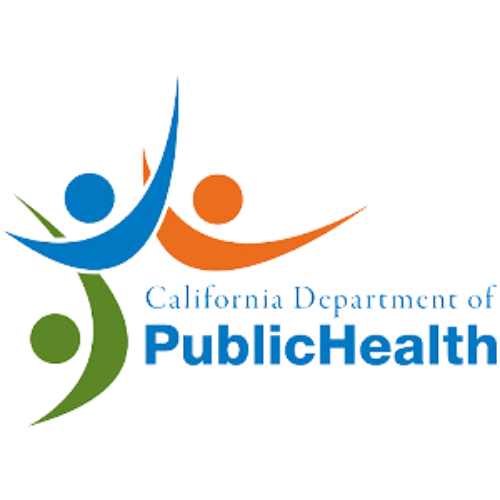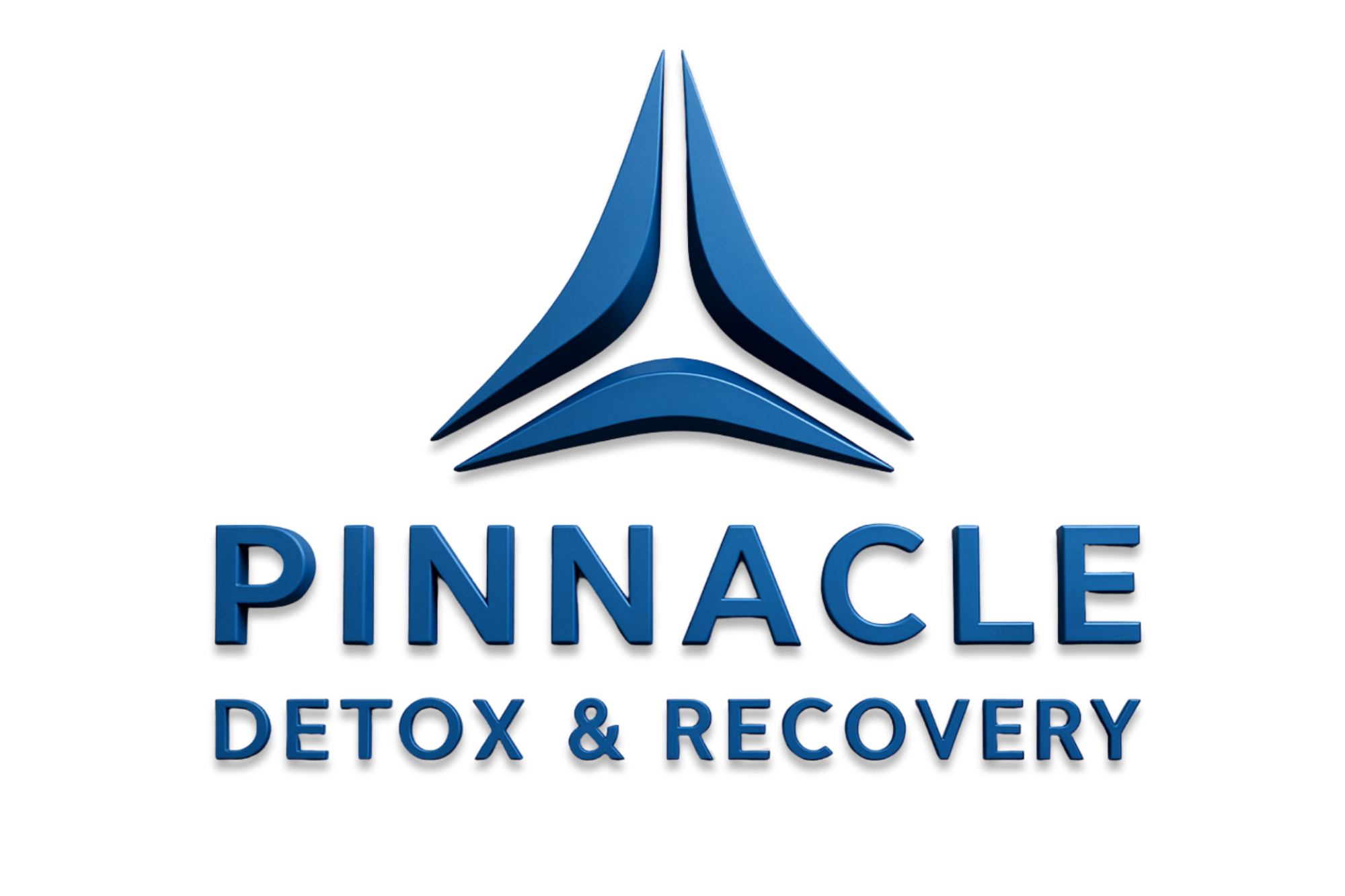You'll need thorough
medical evaluation to determine your appropriate detox level of care based on
withdrawal risk assessments like CIWA-Ar and PAWSS scores.
Professional supervision is essential, whether through 24/7 inpatient monitoring or structured outpatient programs. Your treatment plan should include FDA-approved medications, behavioral therapy, and ongoing support systems. The severity of your symptoms and medical needs will guide the safest path through withdrawal and recovery. Exploring your specific care options can help guarantee
successful rehabilitation.
Understanding Medical Detox Levels of Care
Medical detox levels of care follow a structured framework established by the American Society of Addiction Medicine (ASAM) criteria, which evaluates patients across six key dimensions to determine appropriate treatment intensity.
When you enter treatment, medical professionals will assess your
withdrawal risk through
Dimension 1 and evaluate your
living environment through Dimension 6 to create an effective treatment plan. Your care level will depend on the severity of your symptoms and medical needs, with options ranging from outpatient monitoring to 24-hour
medical supervision. Providers can also recommend a
flexible transition between care levels based on your progress and evolving needs. The
computer-based tool helps clinicians conduct thorough ASAM assessments to determine the most suitable level of care. Though these serve as
clinical guidelines, protocols are not uniform across all settings. As part of thorough
relapse prevention strategies, providers address both substance use and co-occurring mental health conditions. The
continuum of care approaches guarantee you'll receive the right level of support as you progress through recovery, with treatment intensity adjusting based on your clinical progress and ongoing needs.
Essential Components of Safe Withdrawal Management
A successful
withdrawal management program incorporates five
essential components that work together to guarantee patient safety and optimize recovery outcomes. You'll need comprehensive
medical evaluations that assess your physical health, substance use, and mental status. Coordinating
interdisciplinary teams will implement customized withdrawal protocols using FDA-approved medications and 24/7 monitoring systems.
Cold turkey withdrawal can be life-threatening without proper medical supervision.
Medication-assisted treatment combines pharmaceutical interventions with behavioral therapy, while
holistic support systems integrate counseling and peer engagement.
Neurotransmitter disruption can cause severe physical and emotional symptoms during withdrawal, making medical oversight crucial. The process includes specialized
withdrawal management medications to help ease symptoms and prevent medical complications. Ultimately,
continuity of care frameworks ensure seamless transitions between treatment phases while promoting patient accountability through ongoing monitoring and support networks. These components create a structured environment where you'll receive evidence-based care that addresses both the physical and psychological aspects of withdrawal, maximizing your chances for successful recovery.
Choosing Between Inpatient and Outpatient Treatment
Your choice between
inpatient and outpatient treatment depends primarily on your
withdrawal risk level and required medical supervision intensity. You'll need to evaluate that inpatient care provides 24/7
medical monitoring and immediate intervention for severe withdrawal symptoms, while outpatient programs offer more flexibility but limited emergency response. The
cost differential is significant, with inpatient programs requiring higher upfront investments for extensive care, whereas outpatient treatment reduces expenses by eliminating residential fees while maintaining essential medical support. A key consideration is having a
robust support network at home when selecting outpatient programs. Both options offer
cognitive behavioral therapy and other therapeutic approaches to address underlying addiction causes. Treatment duration varies significantly, with
inpatient stays averaging 30-45 days for substance abuse recovery.
Assessing Withdrawal Risk Levels
Three key assessment tools help clinicians determine appropriate withdrawal treatment settings: the
CIWA-Ar,
PAWSS, and
SAWS scales. These evidence-based screening instruments provide validated risk stratification to guide treatment decisions. Due to ongoing
online security measures, some medical resources may require additional verification steps to access assessment tools.
A CIWA-Ar score ≥15 indicates
severe withdrawal risk requiring
inpatient care, while scores ≥10 suggest moderate symptoms. The PAWSS scale demonstrates exceptional accuracy with a sensitivity of 0.93 and specificity of 0.99 when four or more risk factors are present. For patients with scores ≥4, there's a 93% likelihood of developing severe withdrawal.
Prompt recognition and evaluation of withdrawal symptoms is essential for determining appropriate care settings.
You'll need inpatient care if you have a history of delirium tremens, withdrawal seizures, or multiple substance use. Supplementary
high-risk indicators include blood alcohol levels >200 mg/dL and visible autonomic instability. While identifying at-risk patients is crucial, it's important to note that
most at-risk patients will not develop severe alcohol withdrawal syndrome.
Medical Support Requirements
Selecting between
inpatient and outpatient treatment depends critically on the
intensity of medical support you'll need during recovery. For
severe withdrawal symptoms,
inpatient facilities offer 24/7 monitoring and effective withdrawal interventions through on-site medical teams trained in addiction treatment. These facilities provide
medically-assisted detoxification to ensure a safe and controlled withdrawal process.
Consider that inpatient programs provide immediate access to medical staff and detox facilities, enabling rapid response to complications like seizures or dehydration.
Staff-patient collaboration is augmented through multidisciplinary teams working in one location, streamlining your care coordination. You'll receive 3+ hours of daily therapy alongside continuous medical supervision. The intensive structure ensures
prior authorization requirements are met for insurance coverage. The program also provides
mental health support for any co-occurring conditions you may have.
In contrast,
outpatient care assumes you've completed detox and offers only periodic check-ins. You'll need to coordinate between multiple providers and locations, with therapy sessions limited to 30-60 minutes per visit.
Treatment Cost Comparisons
Cost considerations frequently drive the choice between
inpatient and outpatient rehabilitation programs. If you're considering inpatient treatment, expect to pay between $6,000 and $30,000 for a 30-day program, with costs potentially reaching $60,000+ for extended stays. Location-based cost trends show significant variations, with urban facilities charging up to $739 daily compared to more affordable rural options.
You'll find that
private insurance typically covers around
60% of treatment costs, though you'll need to budget for initial admission fees of $3,000-$4,000. For those without insurance, payment assistance options include
sliding-scale fees and payment plans. While
luxury facilities offering premium amenities start at $20,000 monthly, standard outpatient programs range from $5,000 to $10,000 annually, making them a more economical choice for mild addiction cases.
Medical Monitoring and Assessment Protocols
Medical monitoring and assessment protocols form the cornerstone of effective detoxification and
rehabilitation programs. You'll find that extensive substance monitoring procedures involve
continuous vital sign tracking,
24-hour nursing supervision for high-risk cases, and frequent biological testing to verify abstinence.
Your treatment team will apply customized treatment criteria based on the
ASAM guidelines, focusing particularly on
Level 4 care for severe withdrawal cases. They'll adjust your detox plan according to your physical and psychological changes while implementing immediate intervention protocols for any complications. You'll undergo
random drug screenings up to 48 times annually, with monitoring extending 5+ years post-treatment. This rigorous approach maintains abstinence rates between 56%-94%. Your progress requires regular status reports to licensing boards and insurers, ensuring accountability throughout your recovery process.
Medication-Assisted Treatment Options
During your
medical detox trek, you'll receive
FDA-approved medications like methadone, buprenorphine, or naltrexone that are specifically designed to manage
withdrawal symptoms and reduce cravings. Your medical team will carefully determine individualized medication protocols based on factors including your substance use history, general health status, and specific withdrawal risks. You'll undergo regular assessments to adjust medication dosing for ideal therapeutic benefit while minimizing potential side effects.
FDA-Approved Withdrawal Medications
Five
FDA-approved medications form the cornerstone of modern
withdrawal management and addiction treatment. You'll find
methadone and buprenorphine as primary options for
opioid use disorder, with methadone requiring dispensing through regulated treatment programs and buprenorphine available through physician offices. Both medications effectively manage withdrawal symptoms while supporting long-term recovery.
Naltrexone serves as an essential opioid blocker for
relapse prevention, requiring complete detoxification before rapid induction protocols begin. For non-opioid interventions, you'll have access to
lofexidine, the FDA's initial approved non-opioid withdrawal medication, offering relief within 17 hours of initiation.
Clonidine, though used off-label, provides additional support for managing autonomic symptoms during detox. These medications, when properly prescribed, drastically improve your chances of successful recovery through effective naloxone utilization and thorough symptom management.
Individualized Dosing Protocols
Successful
medication-assisted treatment relies on
carefully calibrated dosing protocols customized to your
specific needs and recovery goals. Your doctor will start with
conservative initial doses - typically 10-20mg for methadone or sublingual buprenorphine while closely monitoring your response and
withdrawal symptoms.
Therapeutic dose adjustments follow strict safety guidelines, with methadone increases limited to 5-10mg weekly until reaching your ideal maintenance level of 60-120mg daily. Your medication tapering schedules will depend on multiple factors, including your stability, compliance with treatment, and risk of relapse. Regular assessments using tools like the
Clinical Opiate Withdrawal Scale help determine when to modify your dosing regimen. Treatment always integrates behavioral therapy and support services to address both the physical and psychological aspects of recovery.
Creating Personalized Recovery Plans
Modern medical rehabilitation centers recognize that each patient's voyage to recovery requires a distinctively
personalized approach. You'll receive thorough evaluations that assess your physical condition, emotional state, and social circumstances to build your customized treatment strategy.
Through
multidisciplinary care coordination, your healthcare team will synchronize various therapeutic interventions while adapting to your specific needs and progress.
Technology-enabled progress tracking, including wearable devices and
telerehabilitation platforms, allows your care team to monitor your recovery in real-time and make data-driven adjustments to your treatment plan.
You'll benefit from flexible rehabilitation protocols that combine different treatment settings and modalities. Your recovery plan will evolve based on regular assessments, incorporating
pharmacogenomic testing to optimize medication effectiveness and
VR-based exercises to improve your
rehabilitation outcomes.
Building Support Systems During Rehabilitation
Support groups provide a crucial foundation for your
rehabilitation odyssey by connecting you with peers who understand firsthand the challenges of recovery. You'll find that participating in group sessions diminishes isolation while fortifying your coping skills through
shared experiences and mutual encouragement.
Family involvement augments your recovery outcomes by creating a healing environment at home, particularly when relatives receive proper education and training about supporting your rehabilitation process.
Support Groups Matter Most
Research consistently demonstrates that
peer support groups serve as a cornerstone of effective rehabilitation, with evidence showing vital improvements in
recovery outcomes and quality of life. Through peer support dynamics, you'll gain access to shared experiences that enhance your
self-efficacy and
treatment engagement, with 80% of patients reporting improved physical and mental health after program completion.
You'll find that support groups enormously reduce
hospitalization rates while enhancing your
self-care knowledge and ability to navigate health systems. To optimize benefits, it's essential to overcome retention barriers by staying consistently engaged; studies show that 76% of participants maintain sobriety at three months when actively participating. Florida's success rates of over 70% highlight how structured peer support programs, when properly utilized, can significantly improve your recovery path through sustained community connections and
relapse prevention strategies.
Family Healing in Recovery
While traversing the challenging path of rehabilitation,
family involvement serves as an essential foundation for
sustained recovery success. Building family trust requires structured therapy sessions that address
addiction-related trauma and teach
effective communication skills. You'll need to actively participate in healing dialogues that promote reconciliation and establish healthy boundaries.
Restoring family roles involves understanding addiction as a
chronic disease rather than a moral failing. Your family members must learn to differentiate between supportive and enabling behaviors while managing their own grief and stress. Through regular therapy attendance and open communication, you'll develop practical strategies for maintaining a
substance-free environment and preventing relapse triggers. This collaborative approach guarantees that both you and your family members receive the emotional support needed for long-term recovery success.
Navigating Insurance and Financial Considerations
The complex panorama of
medical rehabilitation insurance presents significant challenges for patients seeking extensive recovery care. Understanding your
coverage limits and
out-of-pocket cost management is vital, as only 24% of physical therapists believe current insurance coverage adequately supports full recovery.
You'll need to navigate various insurance restrictions, including
visit caps ranging from 12-20 initial visits before requiring reauthorization. Medicare Part B caps at $1,980 annually for physical therapy, while private insurers often impose their own limitations. To optimize your benefits, work closely with your healthcare team to establish efficient
prior authorization processes. Document medical necessity thoroughly, as insurers require detailed justification for extended care. Consider engaging a
case manager to help streamline authorization requests and minimize treatment interruptions due to administrative delays.
Transitioning to Long-Term Recovery Programs
Successful
long-term recovery demands a carefully structured shift from initial
detoxification to extensive treatment programs lasting
90 days or longer. Evidence-based outcomes show that
completion rates of 42-43% improve drastically when you commit to extended stays, with detox success rates reaching 68% when followed by thorough care.
Your continuum of care strategies should align with specific substance needs
MAT programs average 113 days for opioid treatment, while intensive outpatient programs typically span 53 days. You'll develop stronger coping skills during longer programs, as they provide essential time to practice and internalize recovery strategies. The data confirms that extended treatment periods of
six months to one year offer the best opportunity for sustained sobriety, particularly when combined with specialized substance-specific approaches and ongoing medical supervision.
Preventing Relapse Through Aftercare Services
Maintaining long-term sobriety requires sturdy aftercare services, as demonstrated by sobering relapse rates of up to 80% among patients who don't engage in post-treatment support. You'll find better outcomes when accessing comprehensive aftercare, with 73% of patients engaging within the initial month and 92% eventually participating in outpatient services.
| Aftercare Component |
Success Rate |
Key Factors |
| Orientation Programs |
70% attendance |
Early engagement |
| MAT for Opioids |
41% completion |
113-day average duration |
| Standard Outpatient |
68% success |
Mental health support |
| Insurance Coverage |
67% retention |
Government assistance |
Supporting mental health in aftercare is vital, as psychiatric comorbidity predicts longer service use. When mitigating demographic disparities, consider that older age and minority status correlate with shorter participation, requiring targeted interventions to maintain engagement.
Frequently Asked Questions
Your
detox-related insomnia typically progresses through distinct phases. You'll experience acute sleep cycle disruption during the inaugural 1-2 weeks of withdrawal. Following this,
post-acute withdrawal symptoms can extend sleep difficulties for 2-8 weeks. Some individuals face
prolonged insomnia lasting up to 3 years, especially if you have underlying psychological conditions. However, you'll often see gradual improvement as your brain chemistry rebalances with sustained sobriety.
Can I Continue Working My Regular Job During Outpatient Detox?
You can often maintain employment during
outpatient detox, but you'll need a flexible treatment schedule and possibly a part time work schedule initially. Research shows that
gradual work reintegration during treatment actually improves recovery outcomes. Most outpatient programs offer
evening and weekend sessions to accommodate your job. However, you should coordinate with your treatment team to guarantee your work responsibilities don't interfere with your recovery progress and medical stability.
What Personal Items Should I Bring to Inpatient Detox?
You'll need to pack essentials while following
secure storage requirements at the facility. Bring 7-10 days of comfortable clothing, hygiene items without alcohol content, and necessary medical documentation. Don't forget
personal comfort items like photos or a journal (no spiral bindings). Pack prescription medications in
original containers, your ID, and insurance cards. The facility will store certain items, like razors, in secure areas and provide supervised access when needed.
Are Visitors Allowed During the First Week of Medical Detox?
Most facilities don't allow visitors during your
initial week of medical detox. This is a standard part of program structure designed to help you focus on stabilization.
Visitor policies typically include a "blackout period" during
early detox when you'll need to concentrate on your medical care and adjustment to treatment. While this may feel challenging, it's evidence-based practice that supports your early recovery. You can expect more visitation options after completing the initial detox phase.
How Do Withdrawal Symptoms Differ Between Prescription Medications and Illegal Drugs?
While both types cause
withdrawal symptoms, you'll typically experience
more predictable and manageable symptoms with prescription medications due to their known purity and dosage. The severity of withdrawal symptoms tends to be
more intense with illegal drugs, as their unknown composition can lead to unpredictable reactions. The timeline of withdrawal symptoms is often more clearly defined with prescription drugs, allowing for better medical management, while illegal drug withdrawal can follow a more erratic pattern.
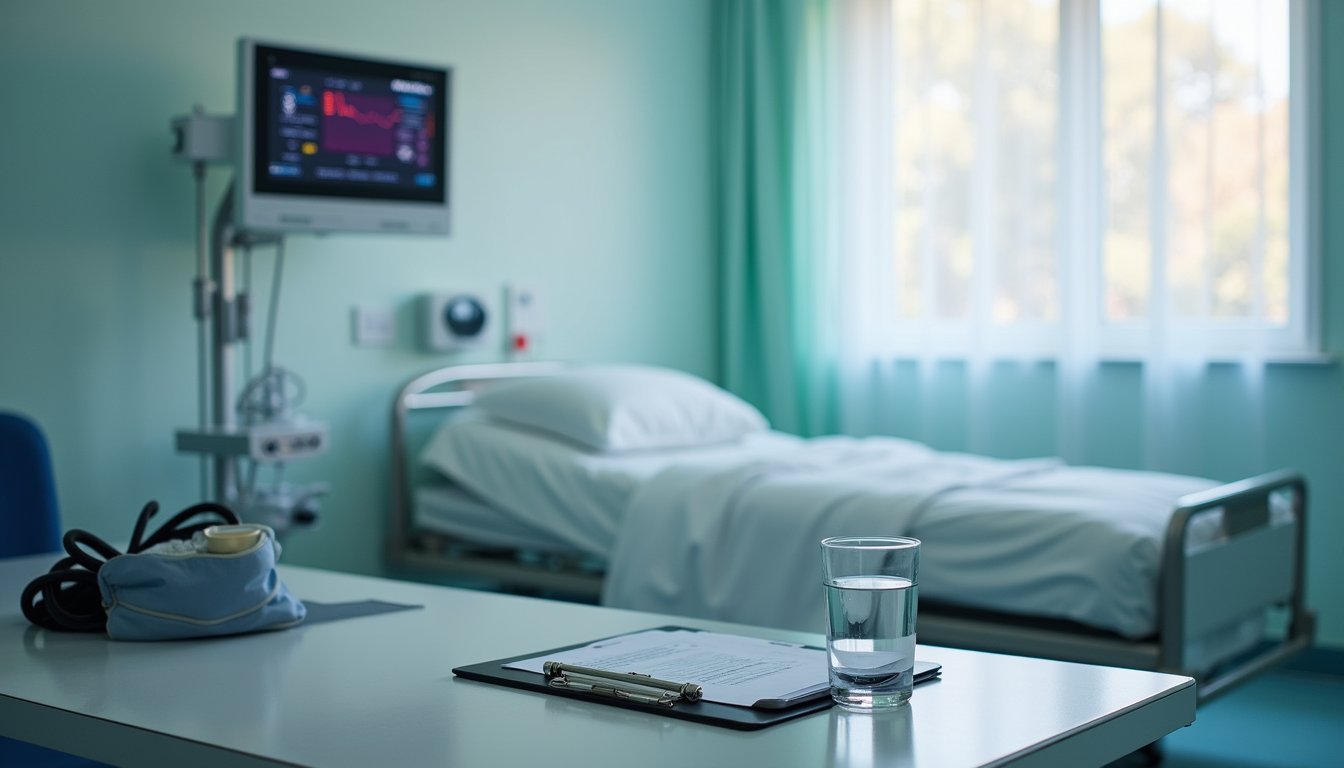 Medical detox levels of care follow a structured framework established by the American Society of Addiction Medicine (ASAM) criteria, which evaluates patients across six key dimensions to determine appropriate treatment intensity.
When you enter treatment, medical professionals will assess your withdrawal risk through Dimension 1 and evaluate your living environment through Dimension 6 to create an effective treatment plan. Your care level will depend on the severity of your symptoms and medical needs, with options ranging from outpatient monitoring to 24-hour medical supervision. Providers can also recommend a flexible transition between care levels based on your progress and evolving needs. The computer-based tool helps clinicians conduct thorough ASAM assessments to determine the most suitable level of care. Though these serve as clinical guidelines, protocols are not uniform across all settings. As part of thorough relapse prevention strategies, providers address both substance use and co-occurring mental health conditions. The continuum of care approaches guarantee you'll receive the right level of support as you progress through recovery, with treatment intensity adjusting based on your clinical progress and ongoing needs.
Medical detox levels of care follow a structured framework established by the American Society of Addiction Medicine (ASAM) criteria, which evaluates patients across six key dimensions to determine appropriate treatment intensity.
When you enter treatment, medical professionals will assess your withdrawal risk through Dimension 1 and evaluate your living environment through Dimension 6 to create an effective treatment plan. Your care level will depend on the severity of your symptoms and medical needs, with options ranging from outpatient monitoring to 24-hour medical supervision. Providers can also recommend a flexible transition between care levels based on your progress and evolving needs. The computer-based tool helps clinicians conduct thorough ASAM assessments to determine the most suitable level of care. Though these serve as clinical guidelines, protocols are not uniform across all settings. As part of thorough relapse prevention strategies, providers address both substance use and co-occurring mental health conditions. The continuum of care approaches guarantee you'll receive the right level of support as you progress through recovery, with treatment intensity adjusting based on your clinical progress and ongoing needs.
 Your choice between inpatient and outpatient treatment depends primarily on your withdrawal risk level and required medical supervision intensity. You'll need to evaluate that inpatient care provides 24/7 medical monitoring and immediate intervention for severe withdrawal symptoms, while outpatient programs offer more flexibility but limited emergency response. The cost differential is significant, with inpatient programs requiring higher upfront investments for extensive care, whereas outpatient treatment reduces expenses by eliminating residential fees while maintaining essential medical support. A key consideration is having a robust support network at home when selecting outpatient programs. Both options offer cognitive behavioral therapy and other therapeutic approaches to address underlying addiction causes. Treatment duration varies significantly, with inpatient stays averaging 30-45 days for substance abuse recovery.
Your choice between inpatient and outpatient treatment depends primarily on your withdrawal risk level and required medical supervision intensity. You'll need to evaluate that inpatient care provides 24/7 medical monitoring and immediate intervention for severe withdrawal symptoms, while outpatient programs offer more flexibility but limited emergency response. The cost differential is significant, with inpatient programs requiring higher upfront investments for extensive care, whereas outpatient treatment reduces expenses by eliminating residential fees while maintaining essential medical support. A key consideration is having a robust support network at home when selecting outpatient programs. Both options offer cognitive behavioral therapy and other therapeutic approaches to address underlying addiction causes. Treatment duration varies significantly, with inpatient stays averaging 30-45 days for substance abuse recovery.
 Medical monitoring and assessment protocols form the cornerstone of effective detoxification and rehabilitation programs. You'll find that extensive substance monitoring procedures involve continuous vital sign tracking, 24-hour nursing supervision for high-risk cases, and frequent biological testing to verify abstinence.
Your treatment team will apply customized treatment criteria based on the ASAM guidelines, focusing particularly on Level 4 care for severe withdrawal cases. They'll adjust your detox plan according to your physical and psychological changes while implementing immediate intervention protocols for any complications. You'll undergo random drug screenings up to 48 times annually, with monitoring extending 5+ years post-treatment. This rigorous approach maintains abstinence rates between 56%-94%. Your progress requires regular status reports to licensing boards and insurers, ensuring accountability throughout your recovery process.
Medical monitoring and assessment protocols form the cornerstone of effective detoxification and rehabilitation programs. You'll find that extensive substance monitoring procedures involve continuous vital sign tracking, 24-hour nursing supervision for high-risk cases, and frequent biological testing to verify abstinence.
Your treatment team will apply customized treatment criteria based on the ASAM guidelines, focusing particularly on Level 4 care for severe withdrawal cases. They'll adjust your detox plan according to your physical and psychological changes while implementing immediate intervention protocols for any complications. You'll undergo random drug screenings up to 48 times annually, with monitoring extending 5+ years post-treatment. This rigorous approach maintains abstinence rates between 56%-94%. Your progress requires regular status reports to licensing boards and insurers, ensuring accountability throughout your recovery process.



